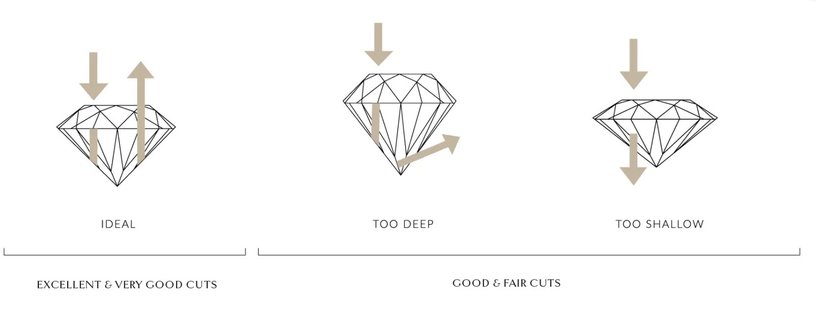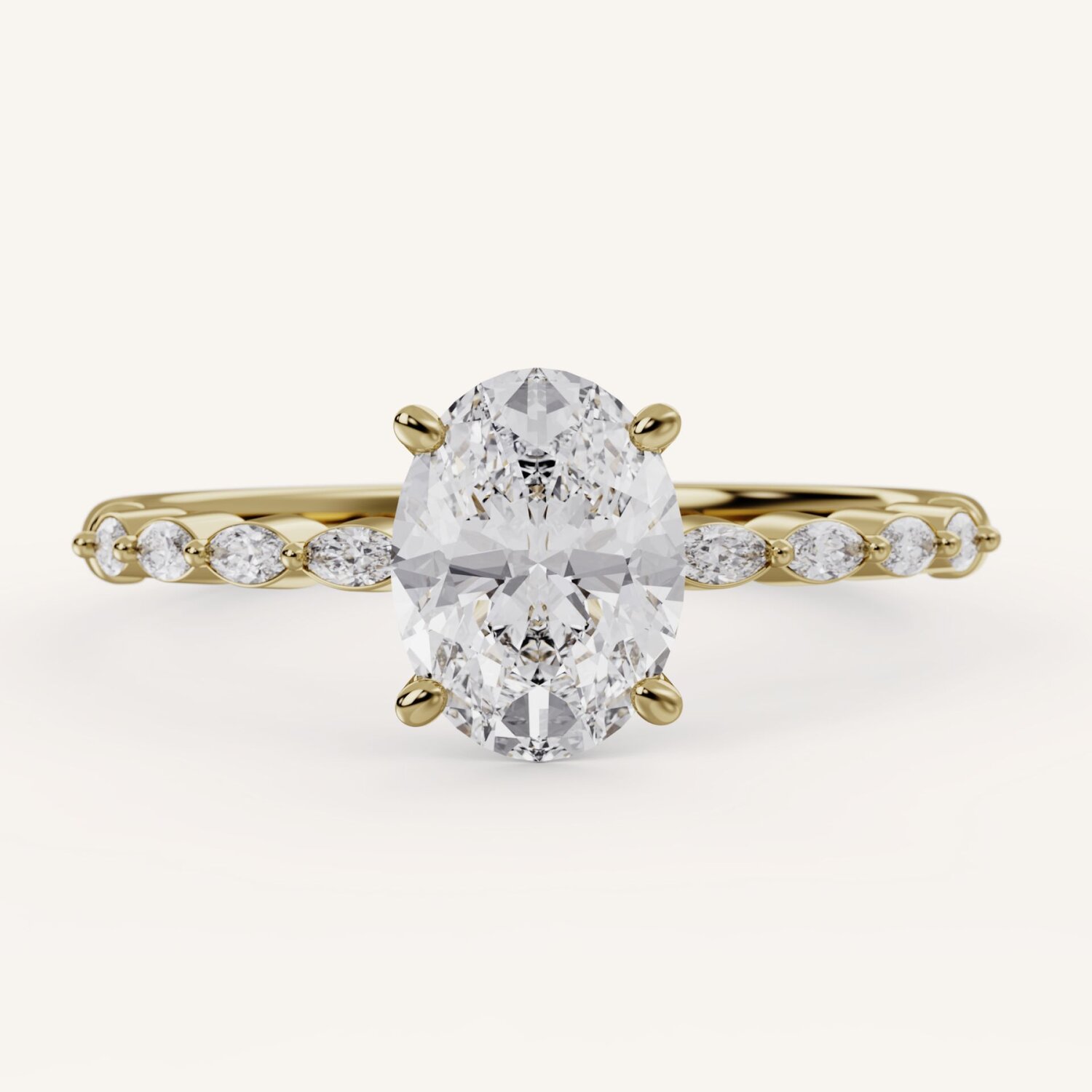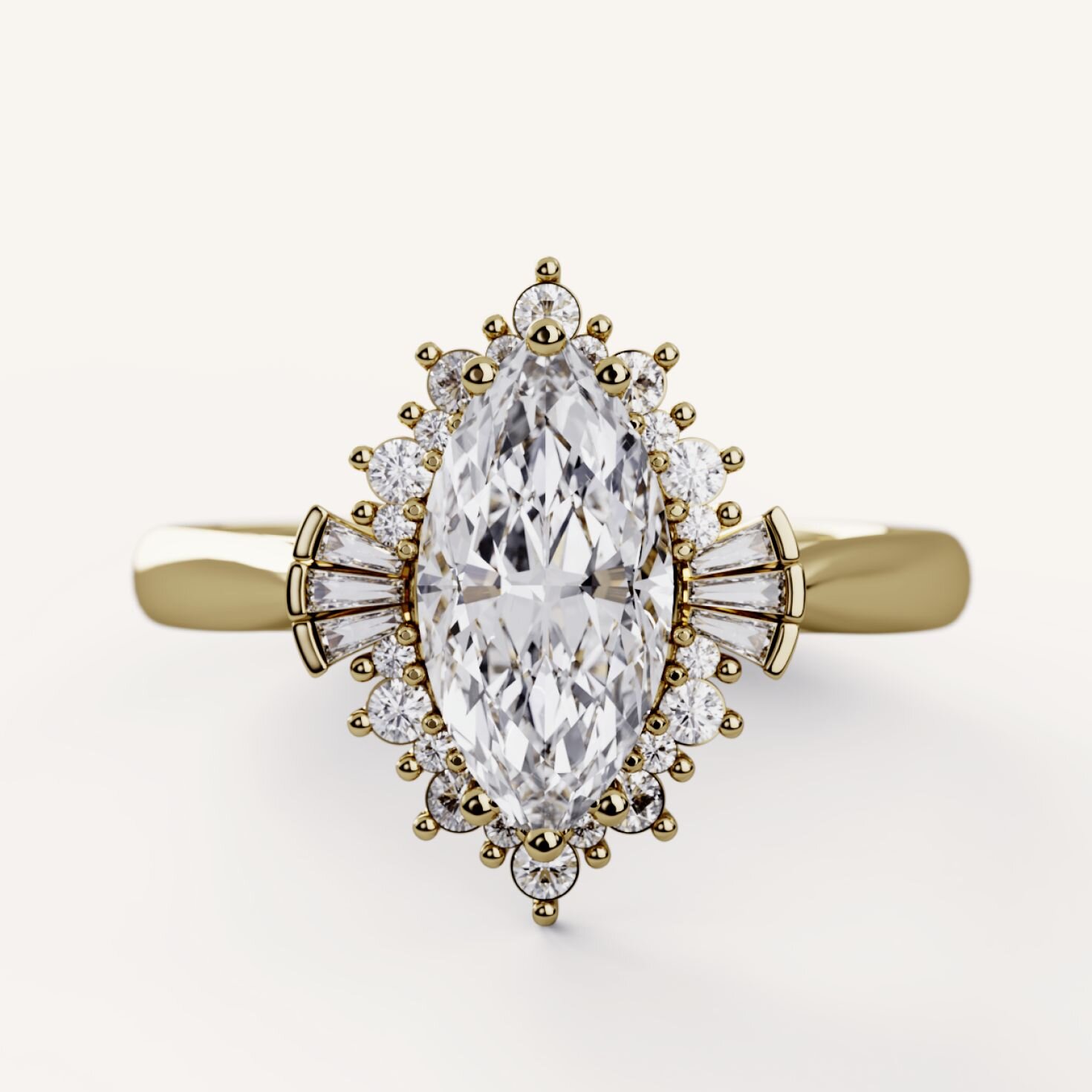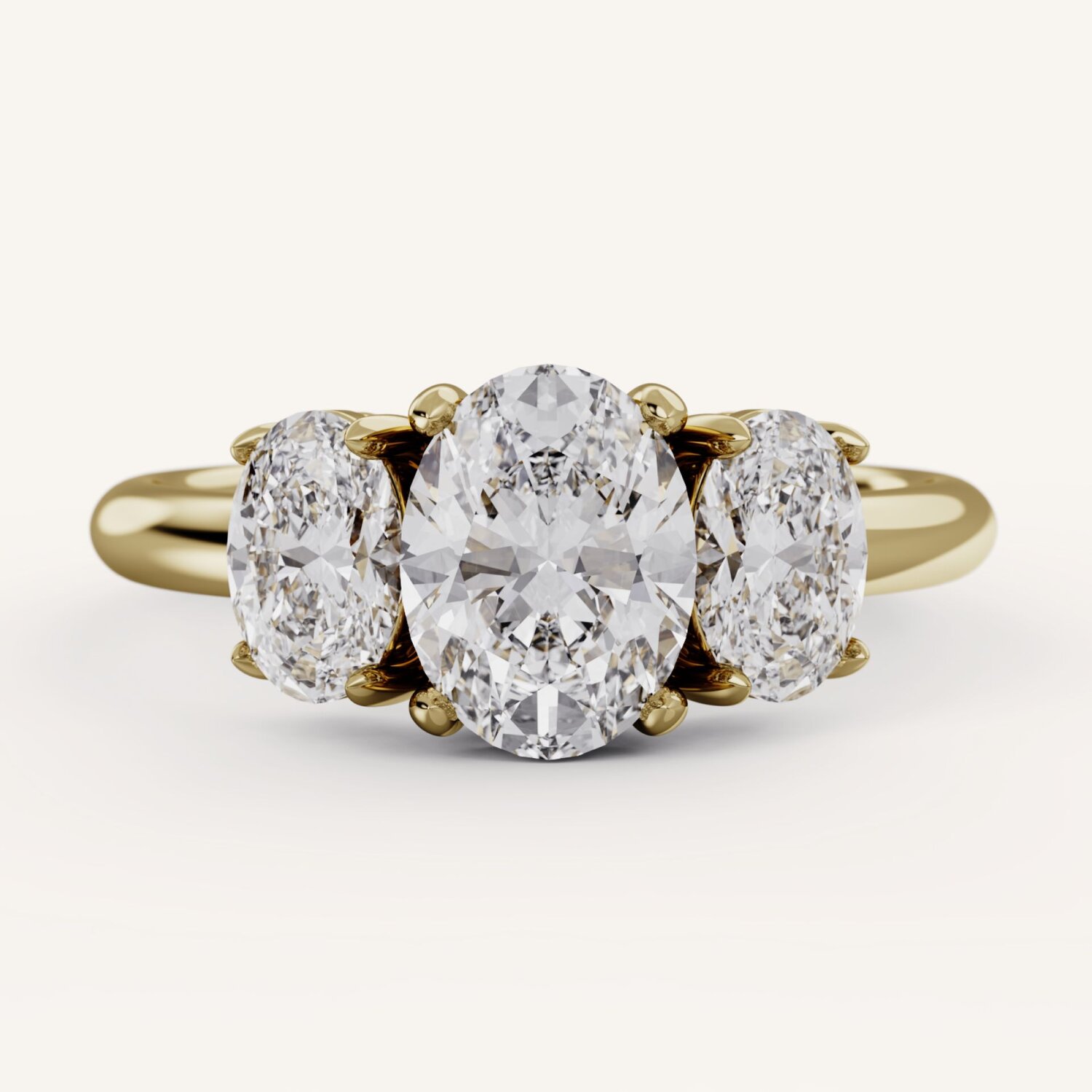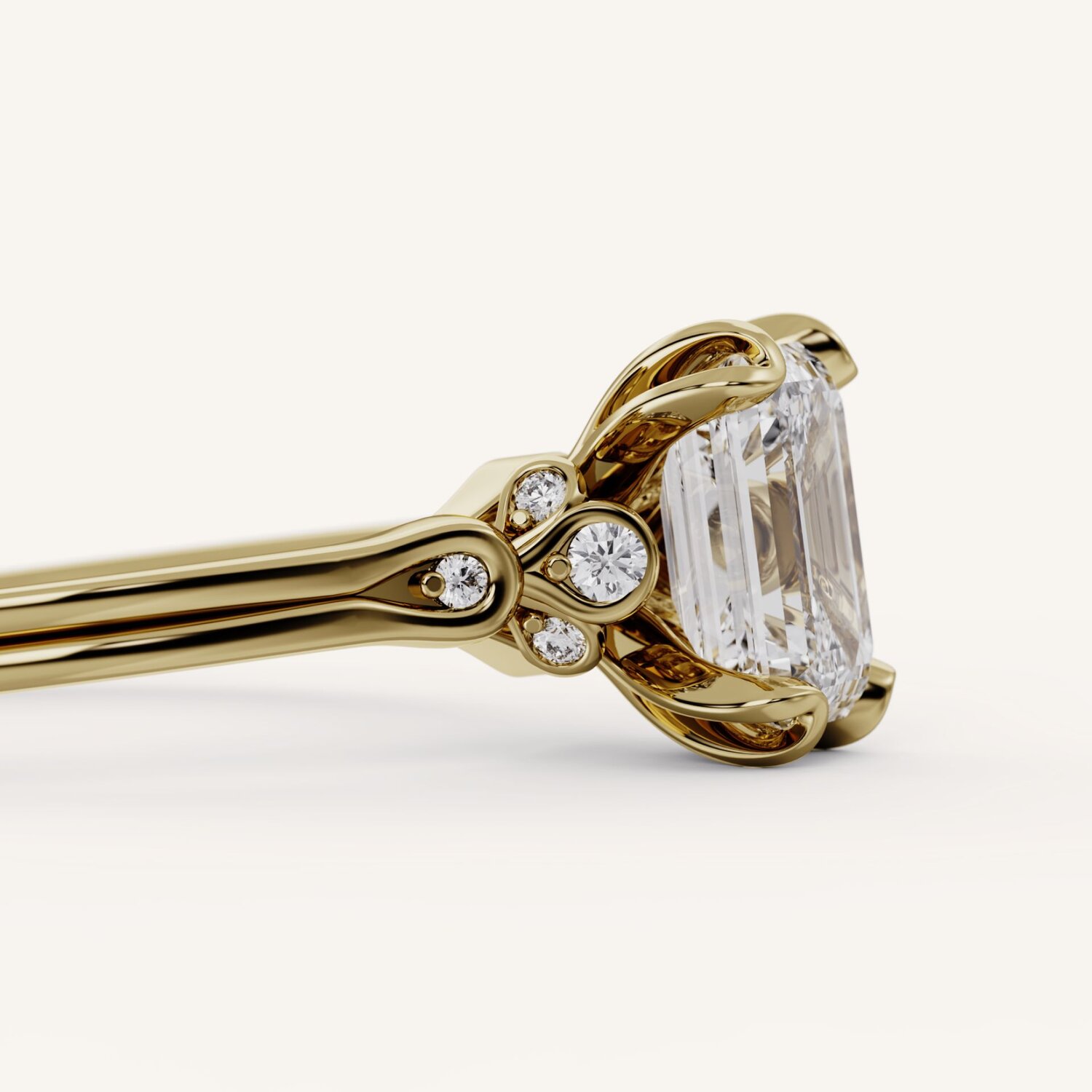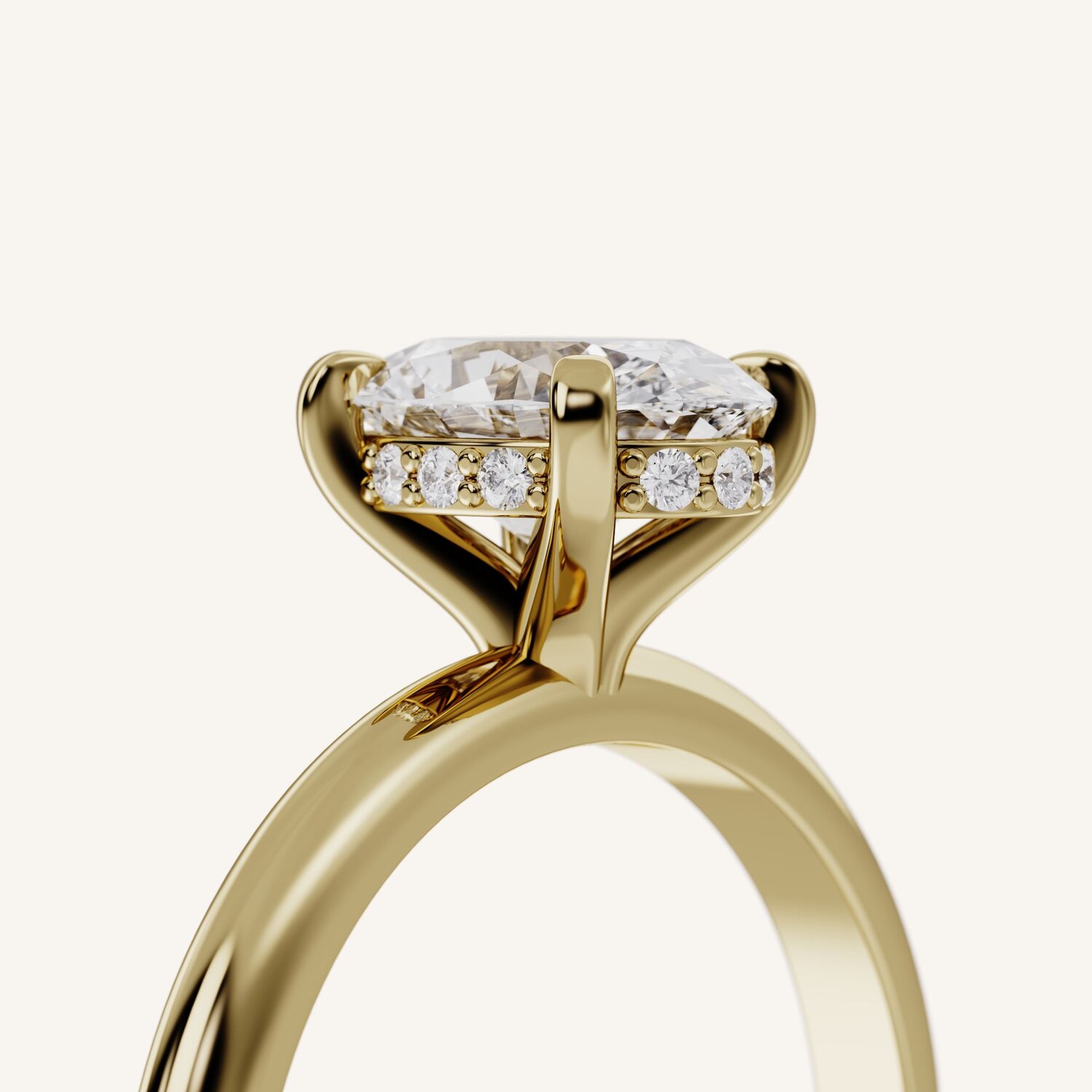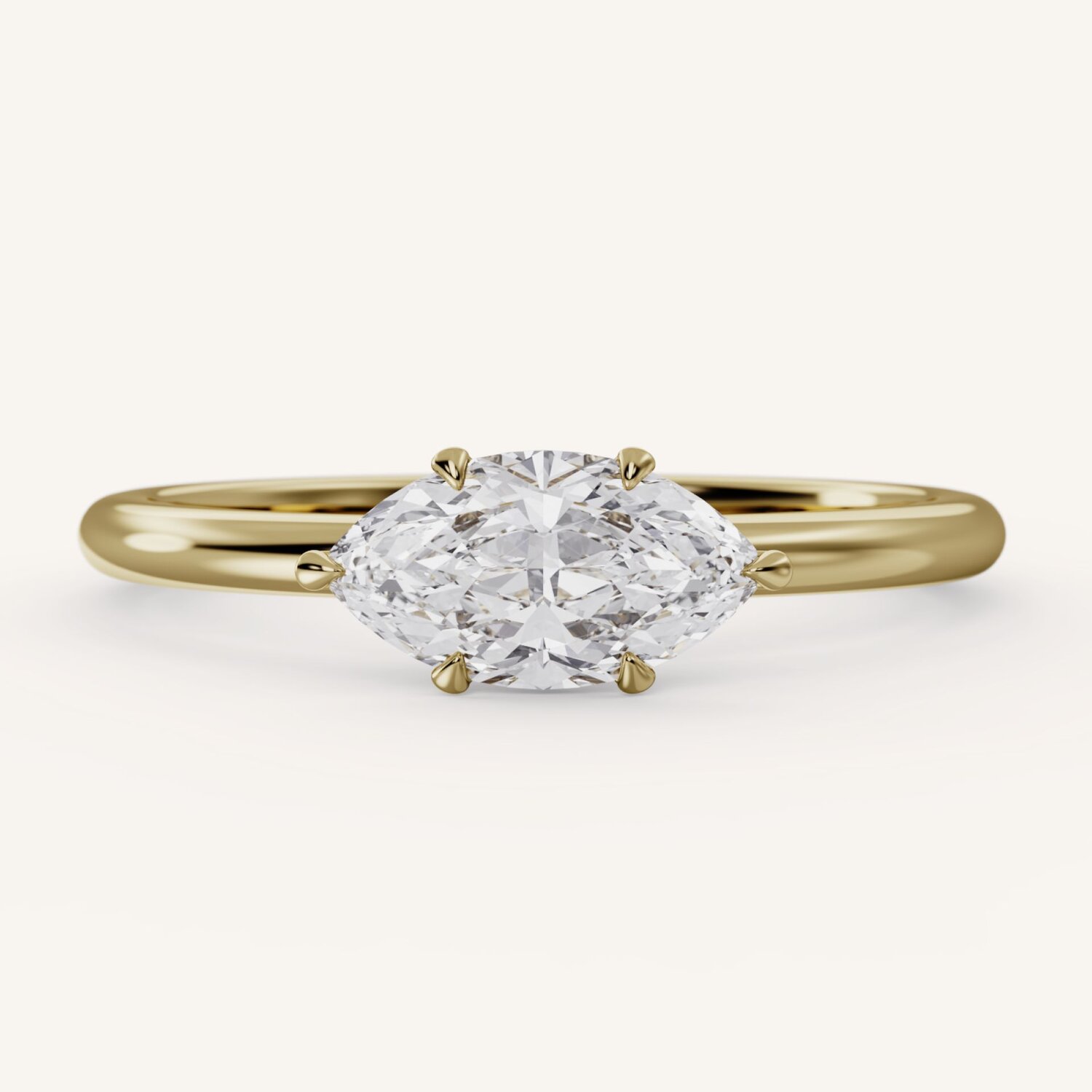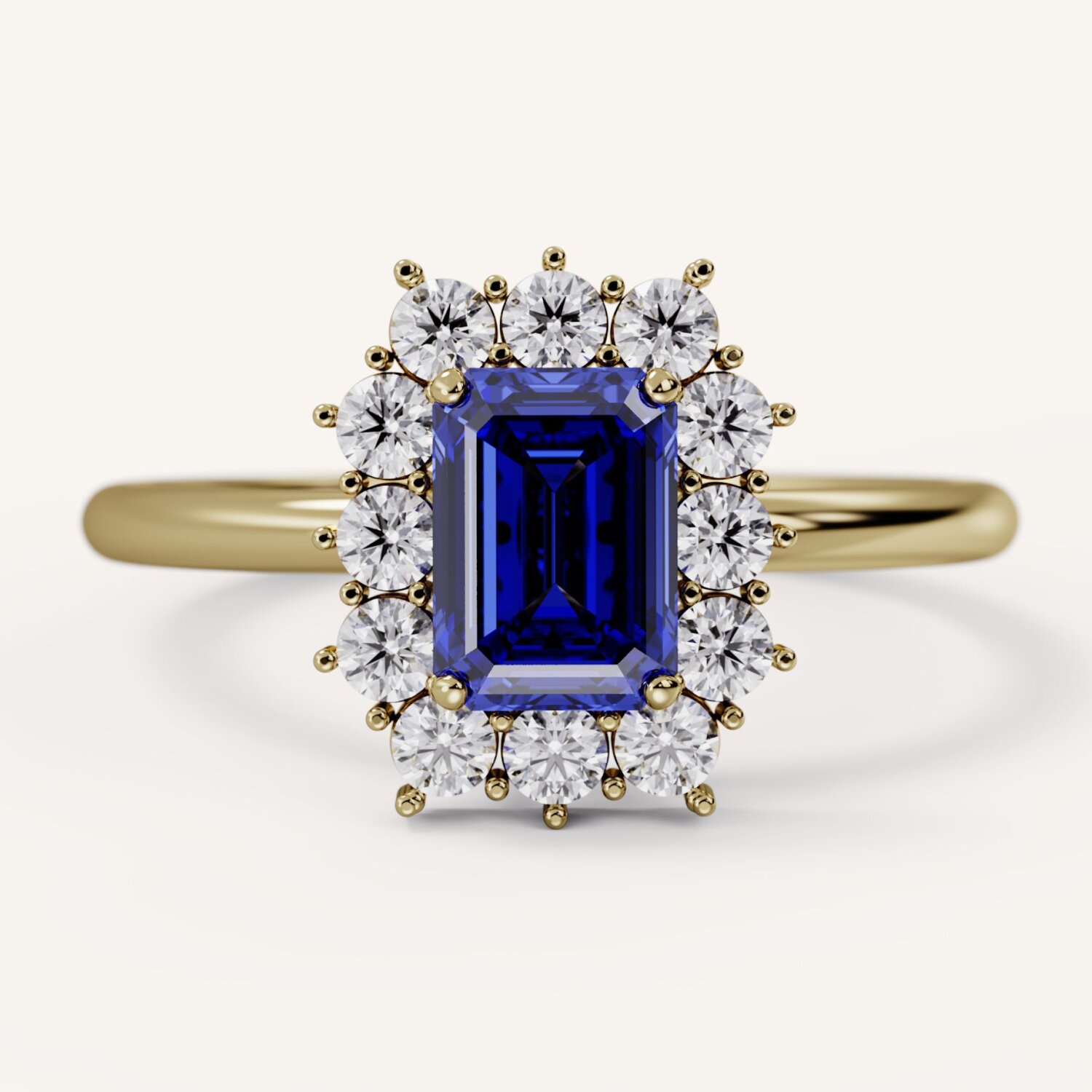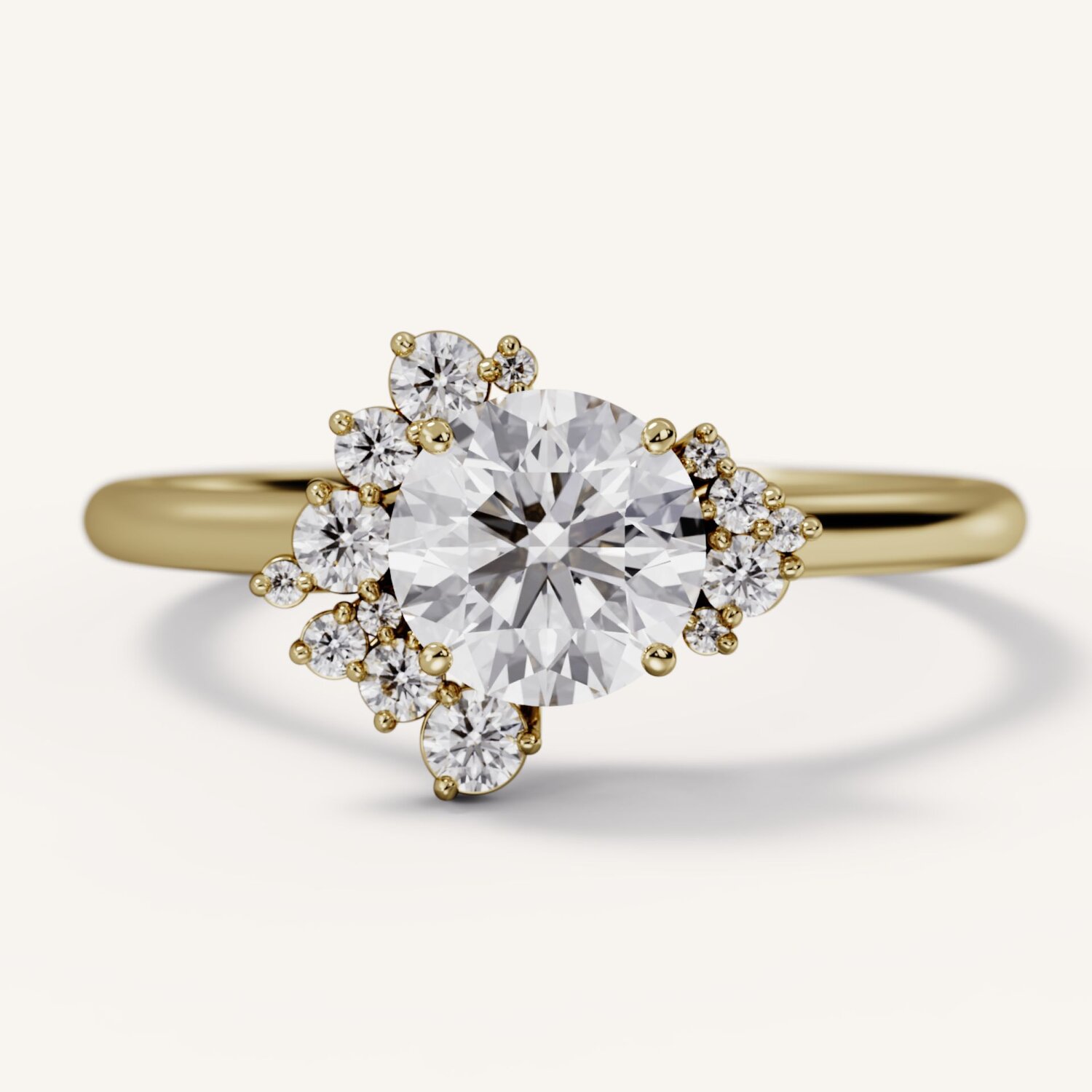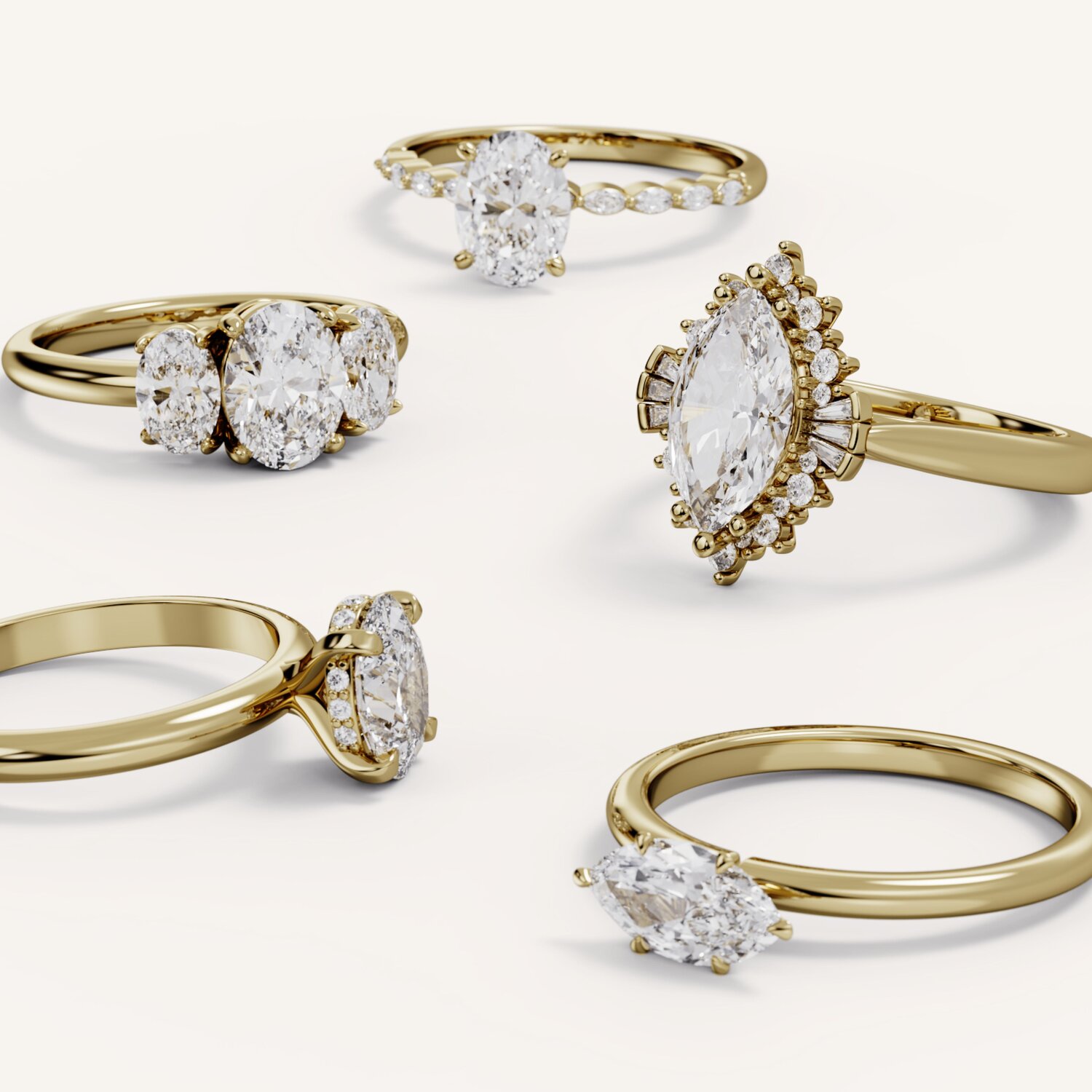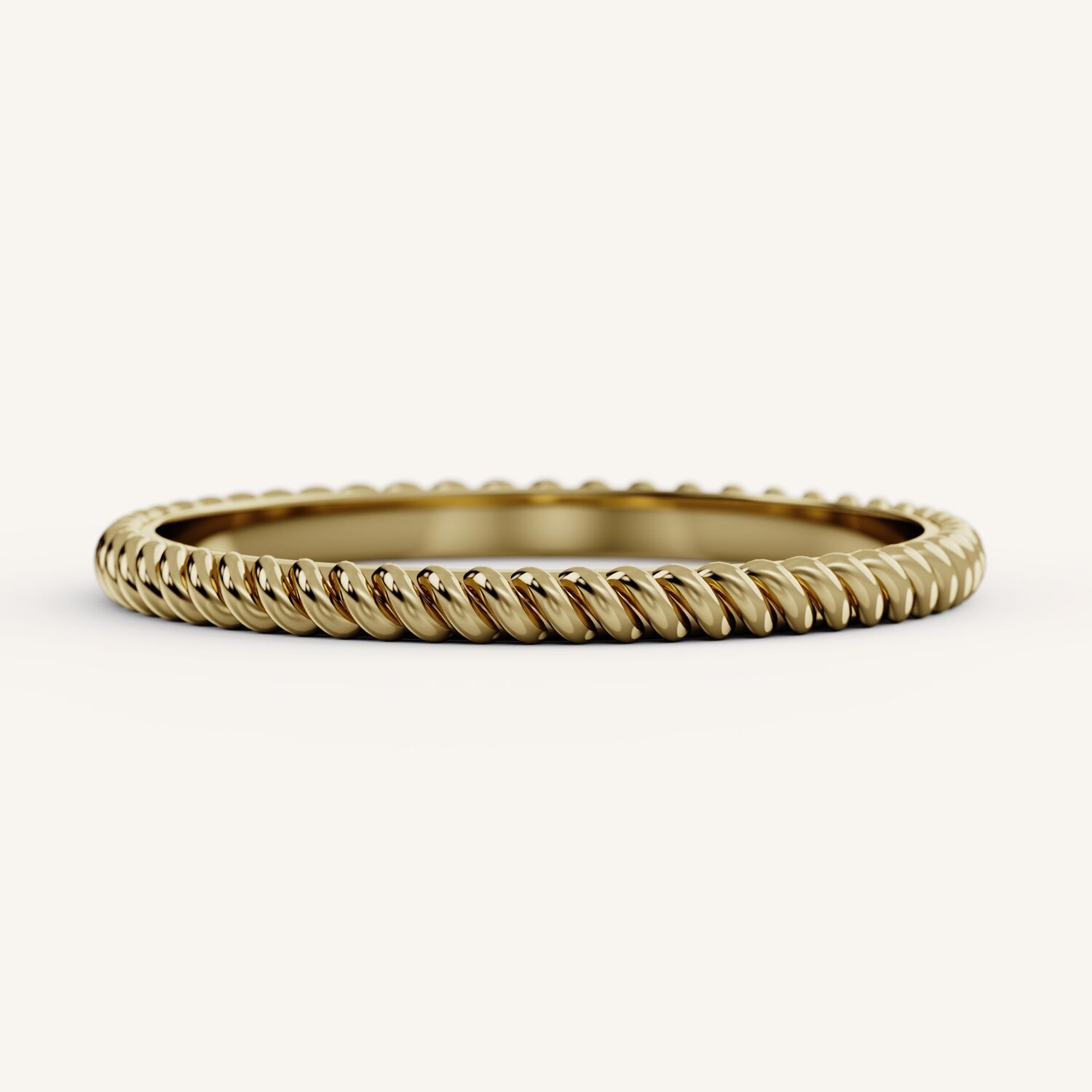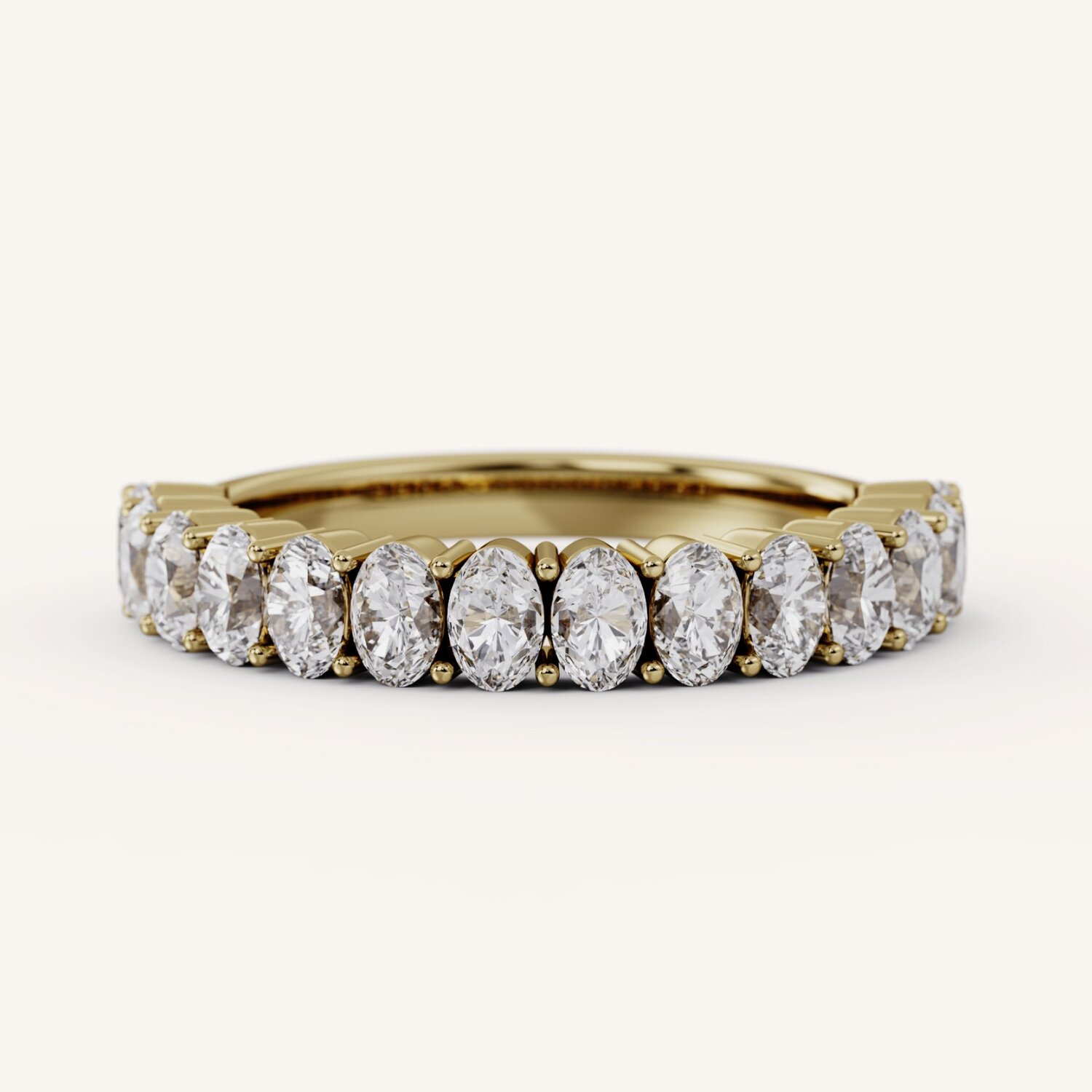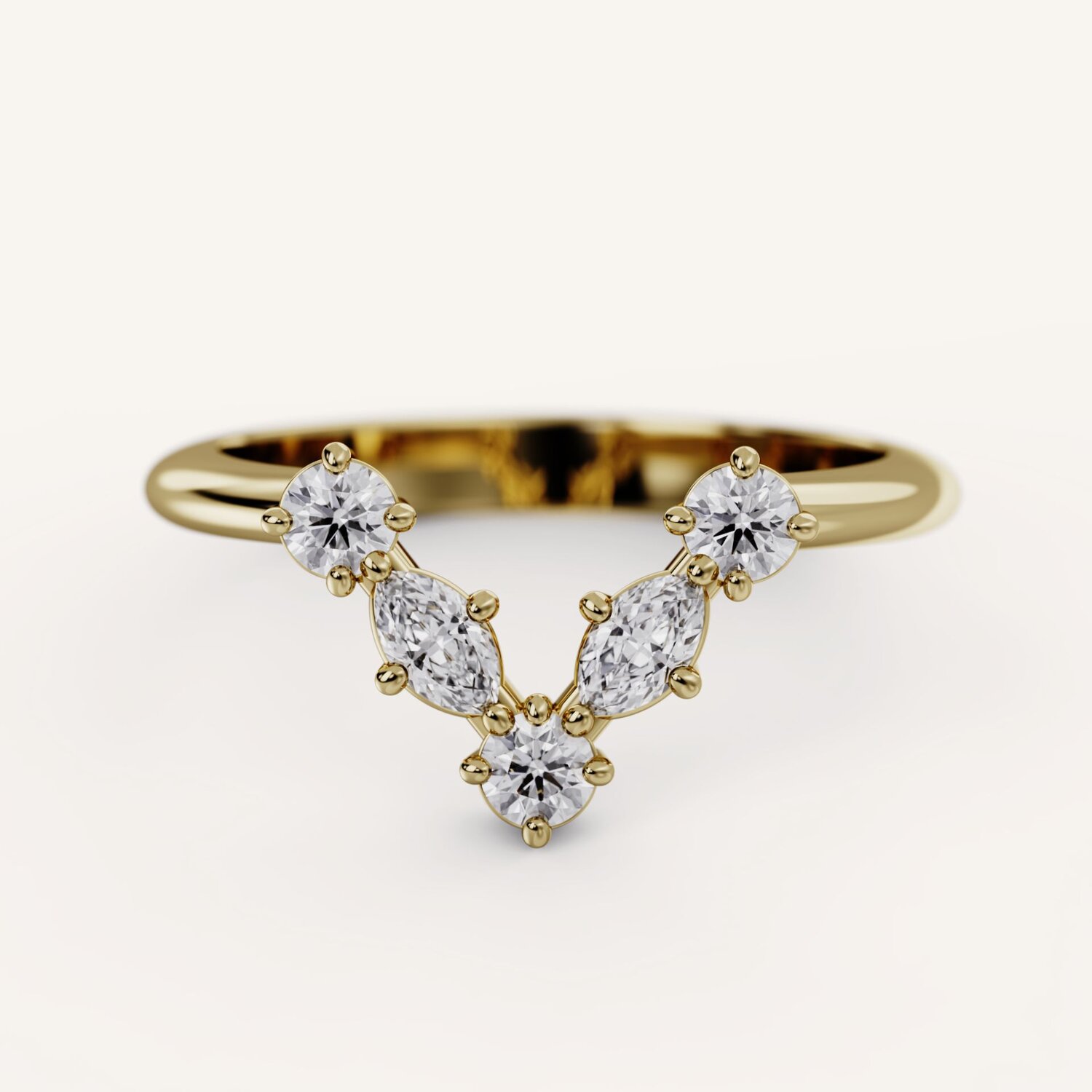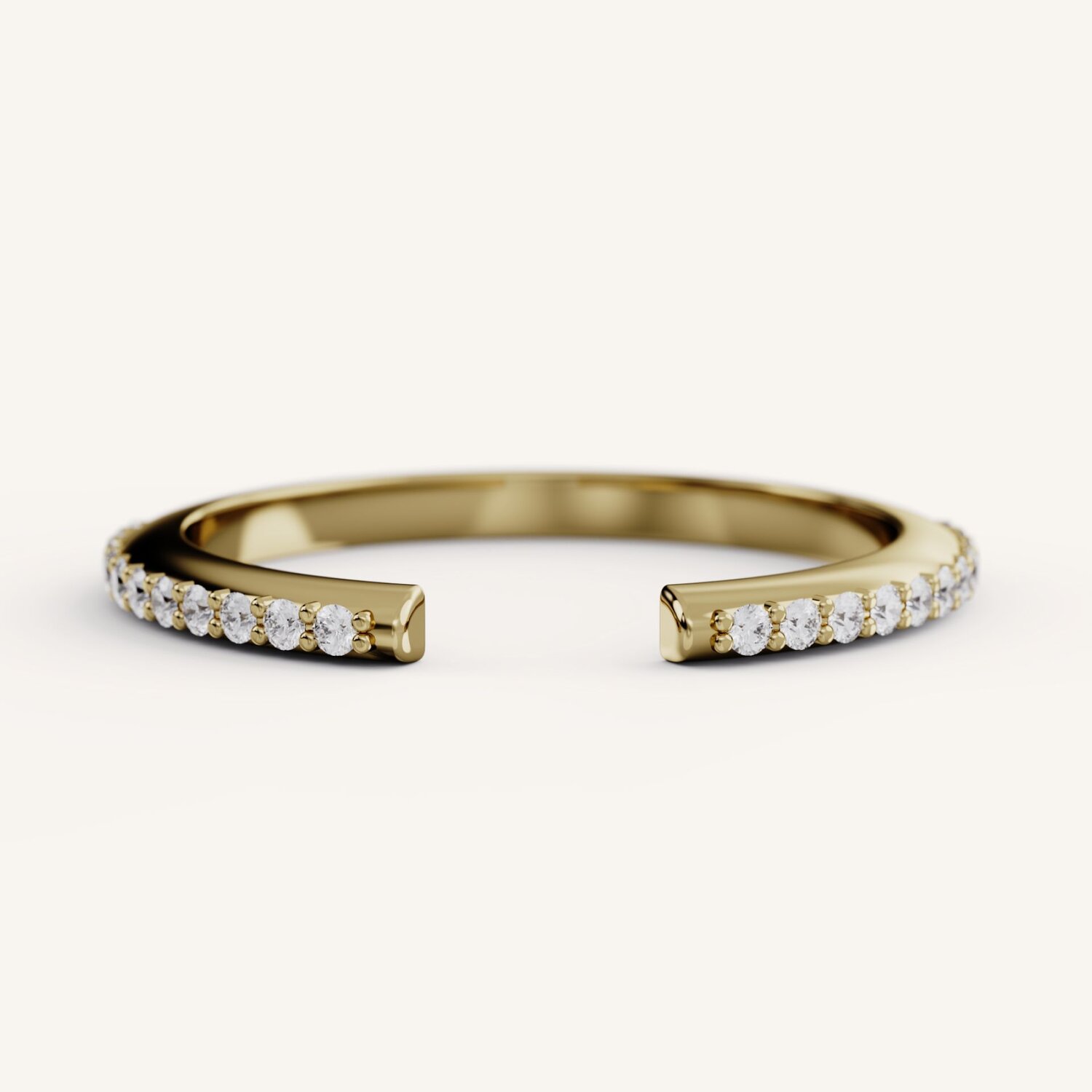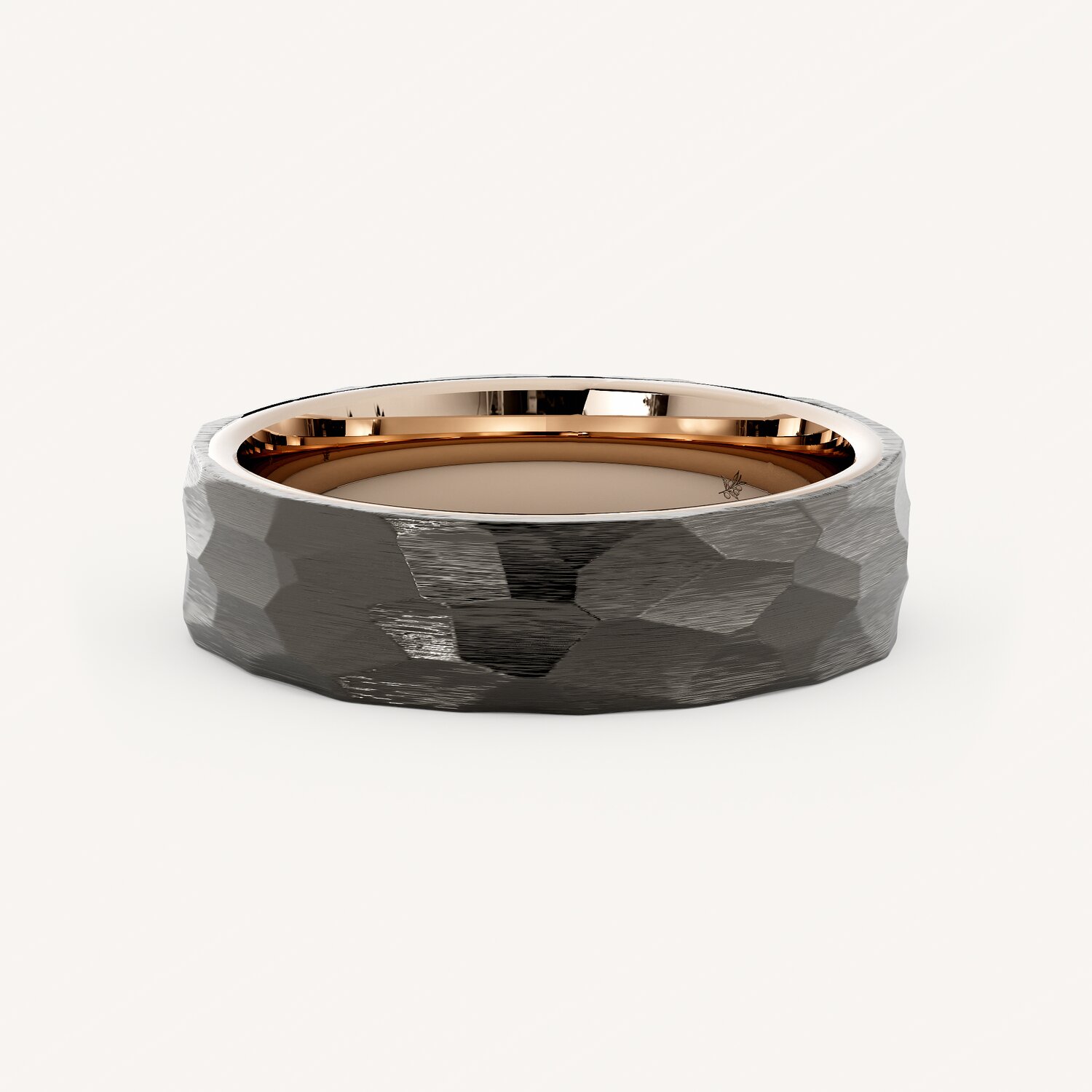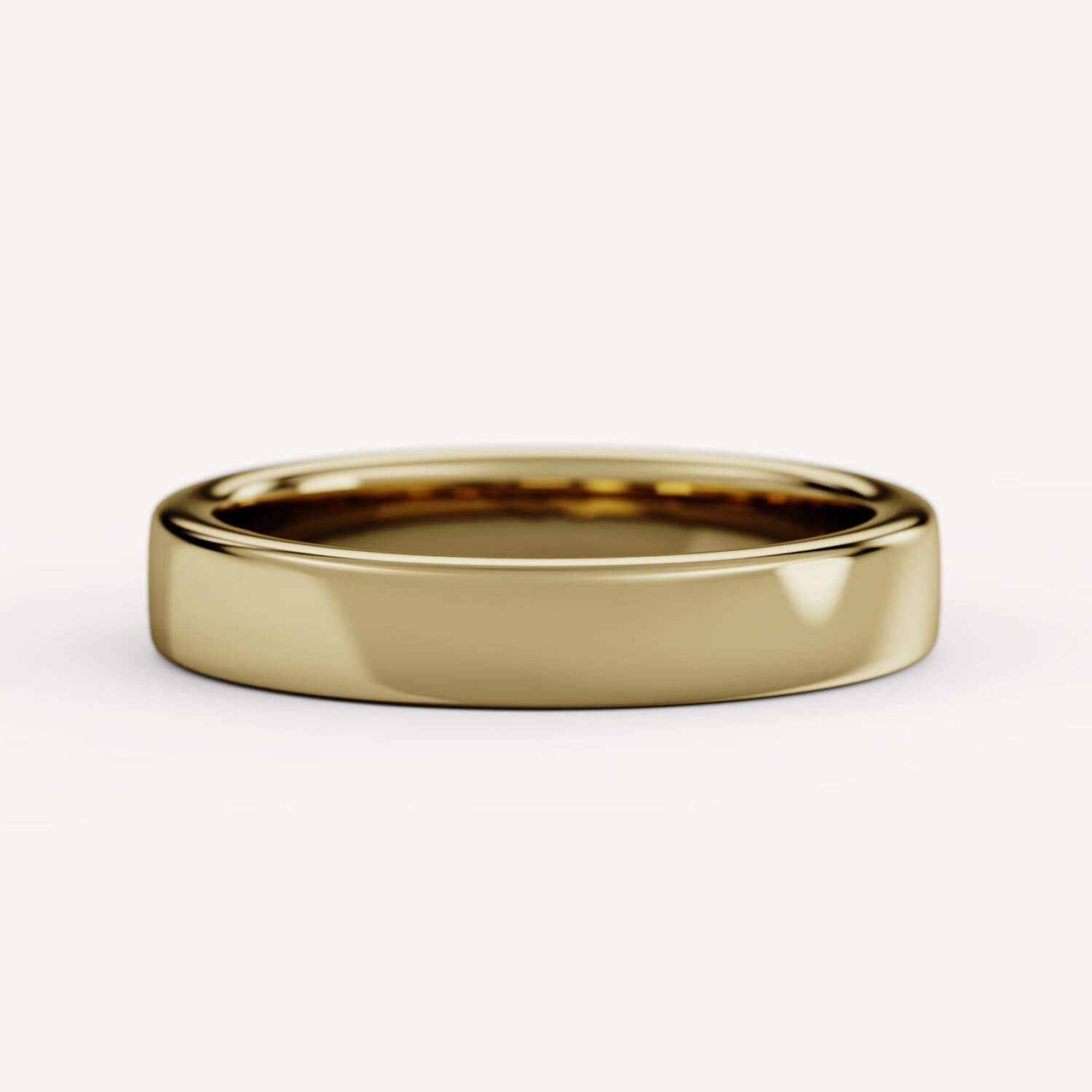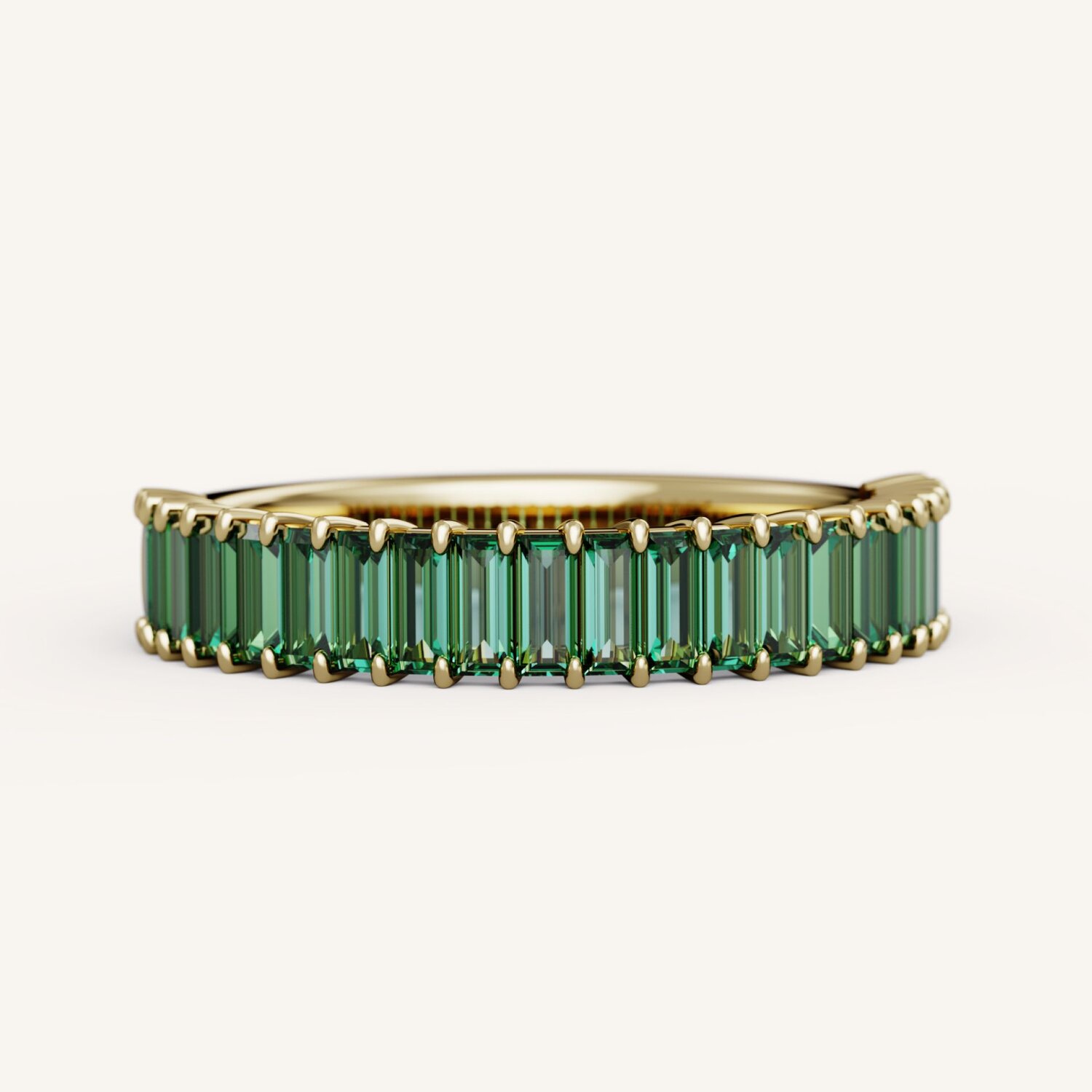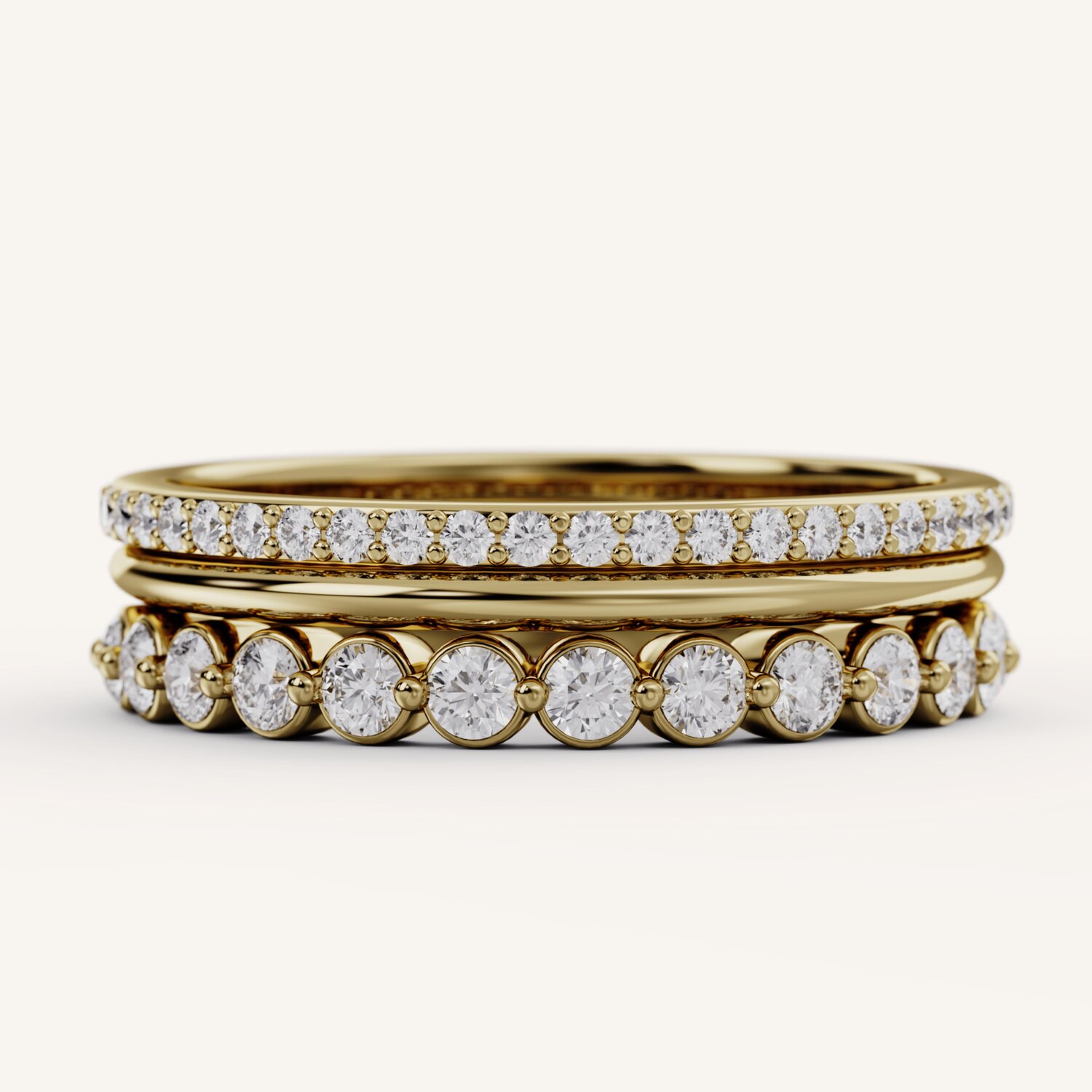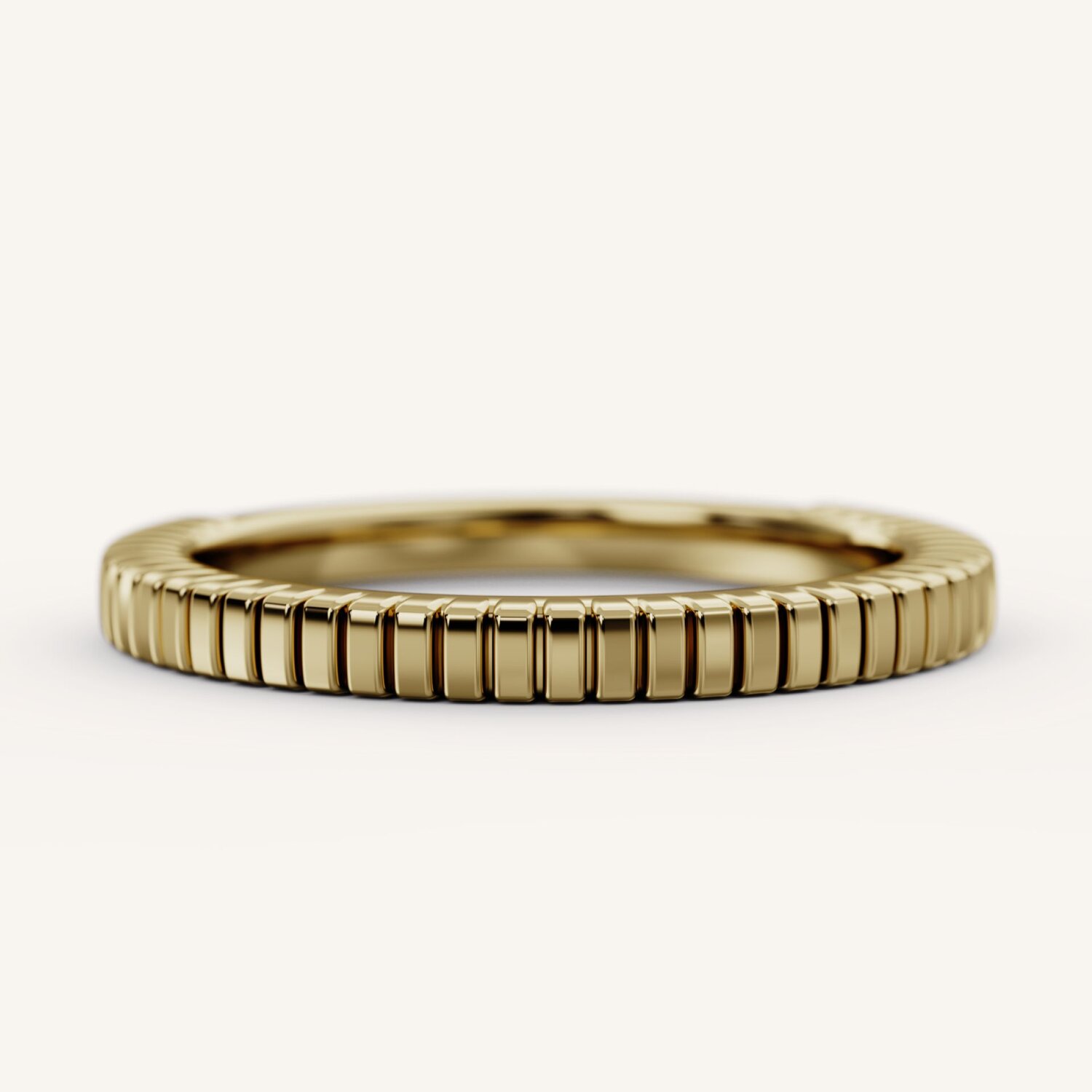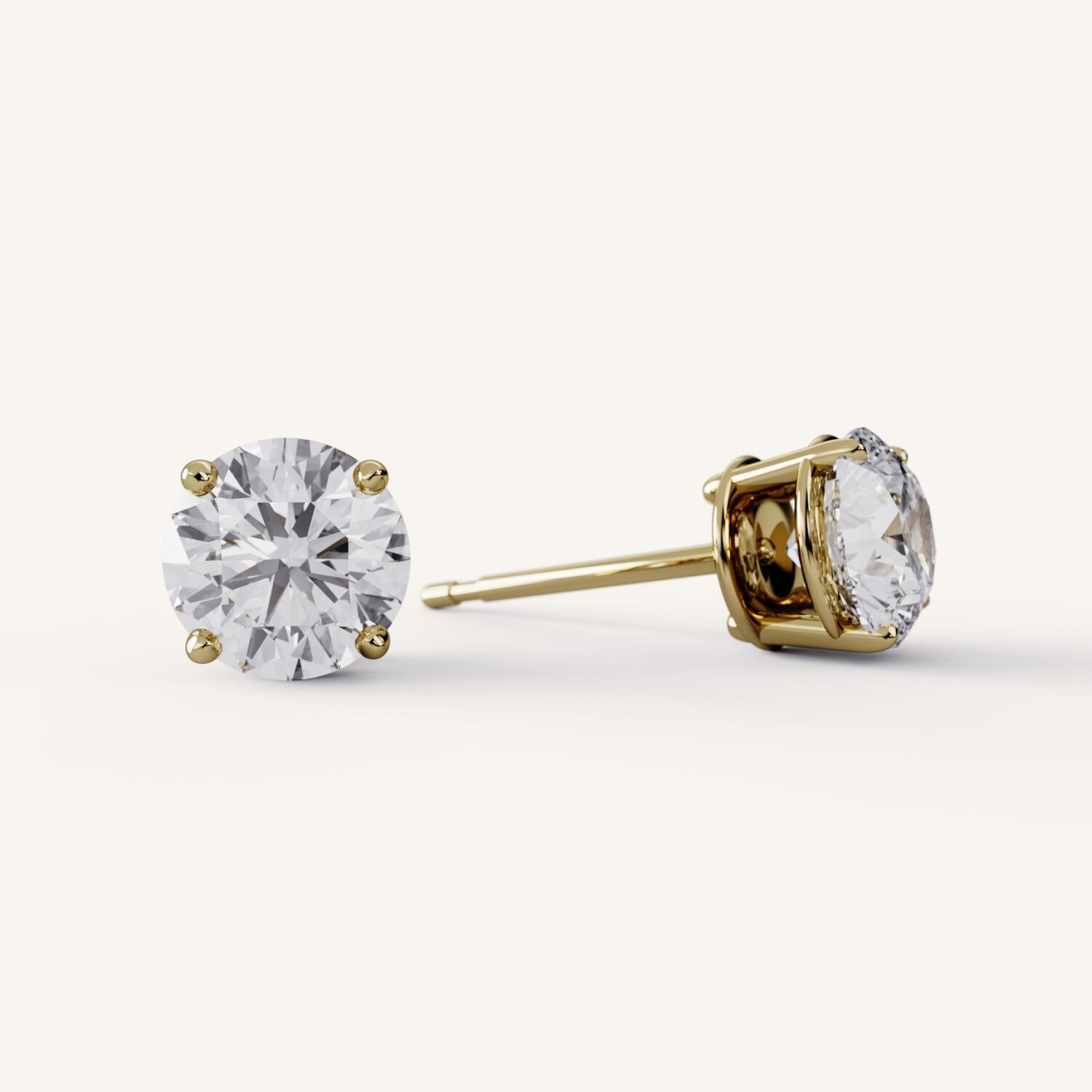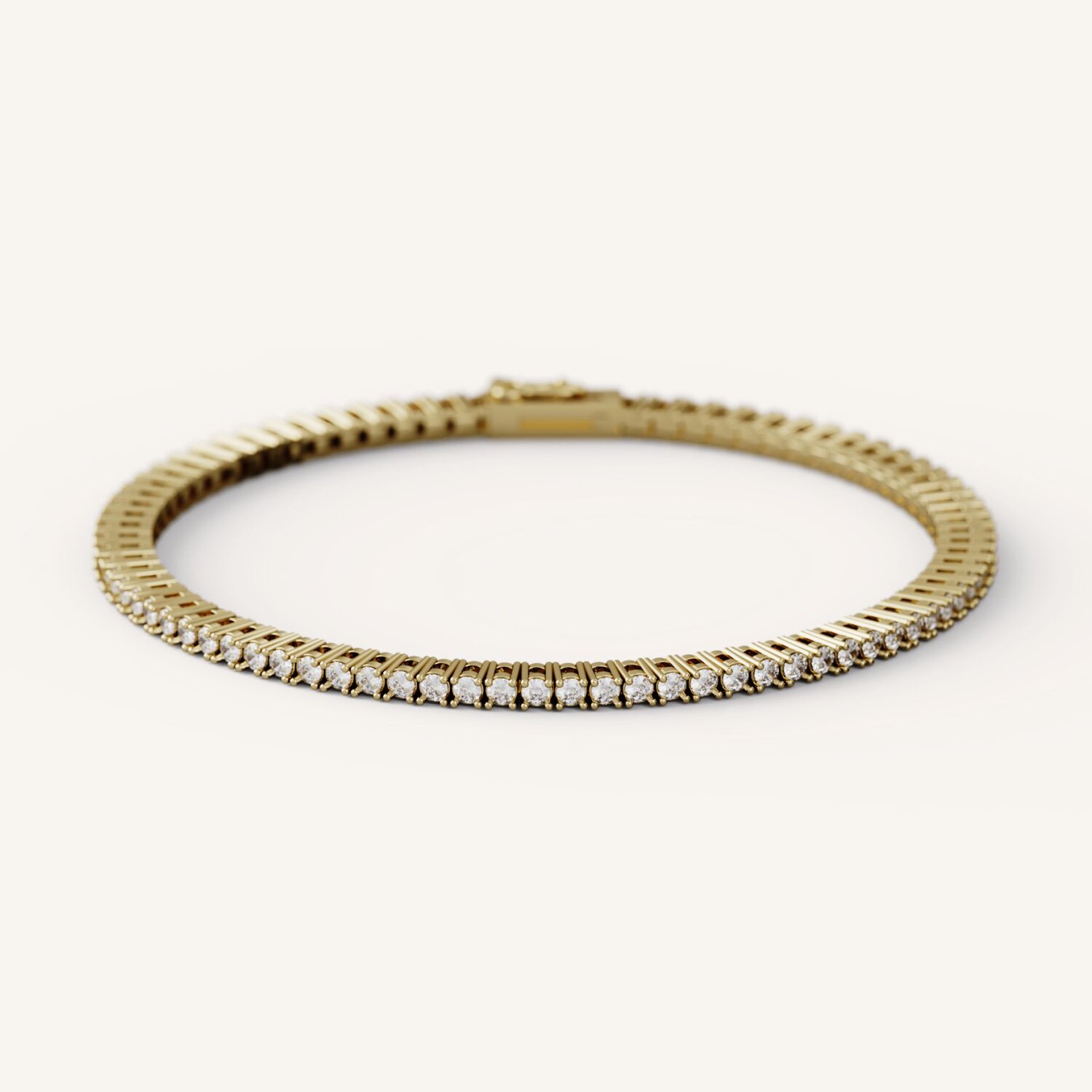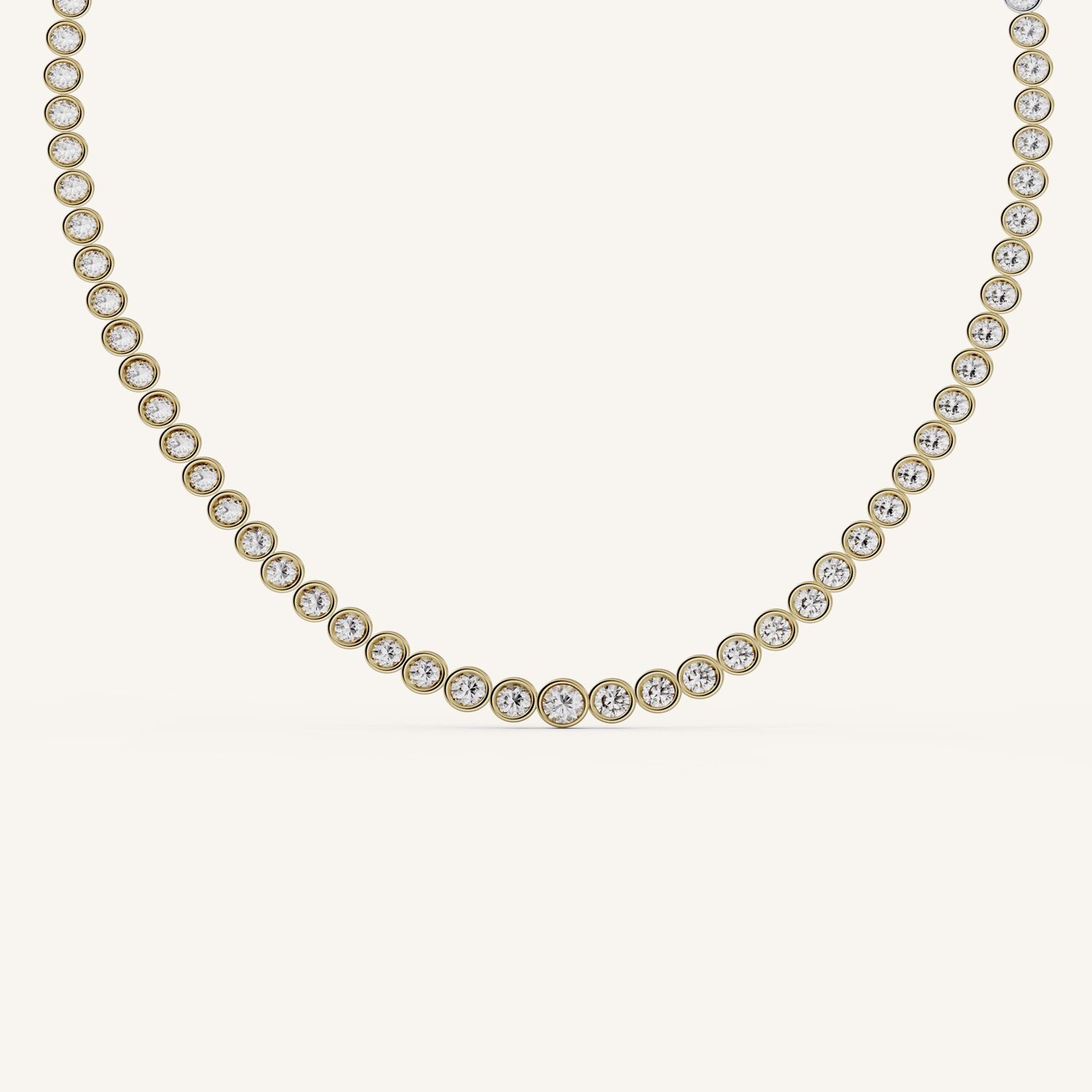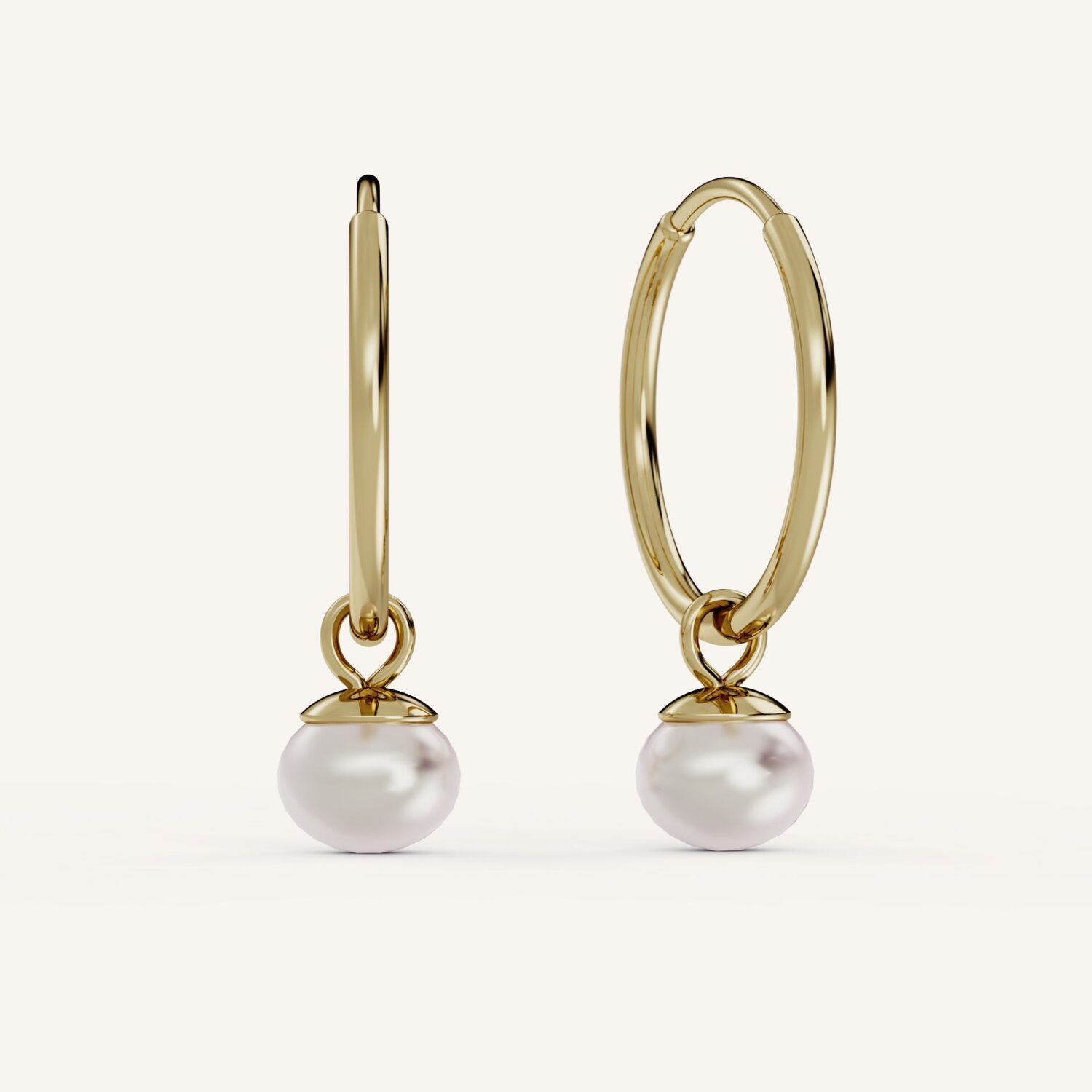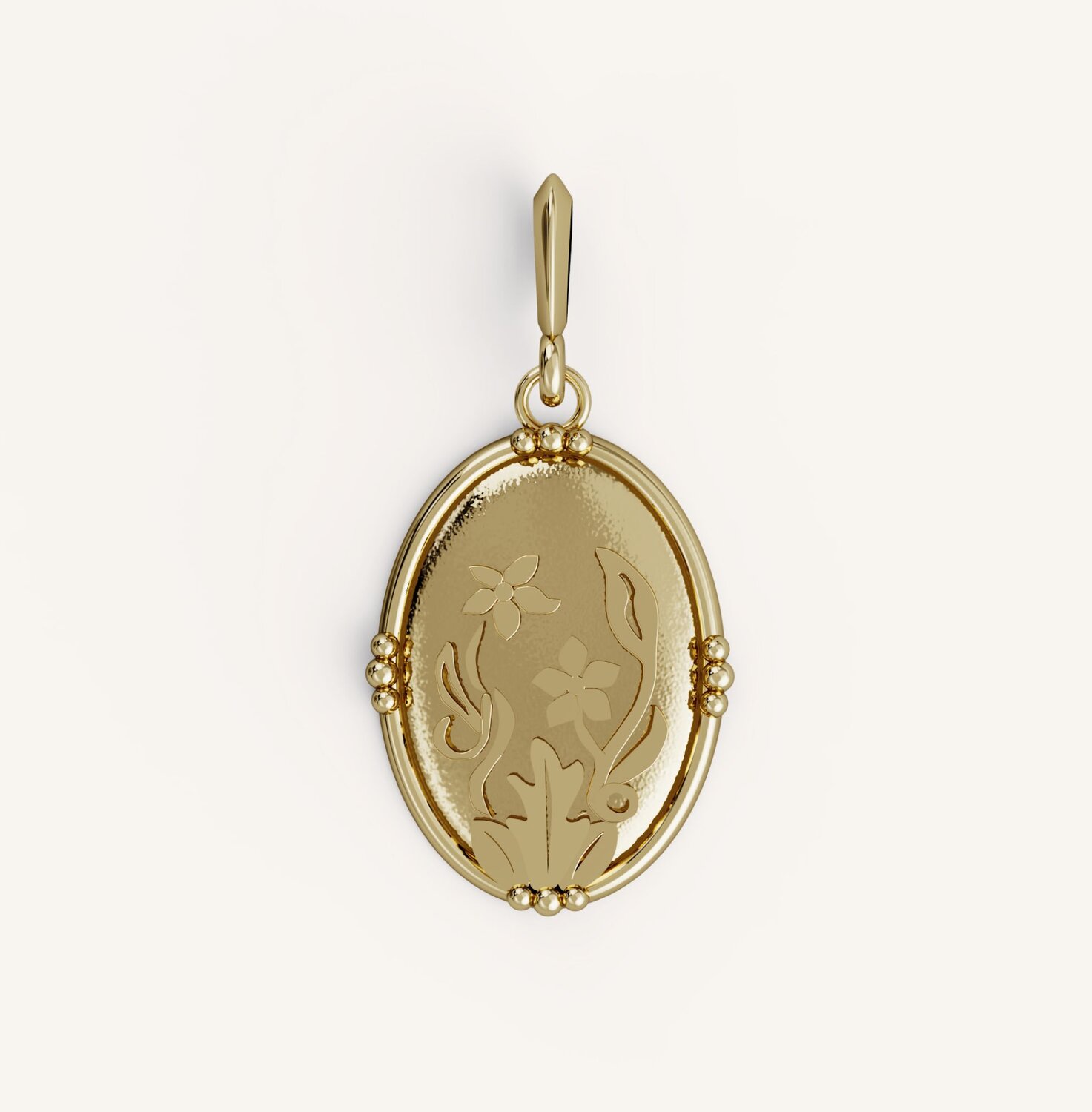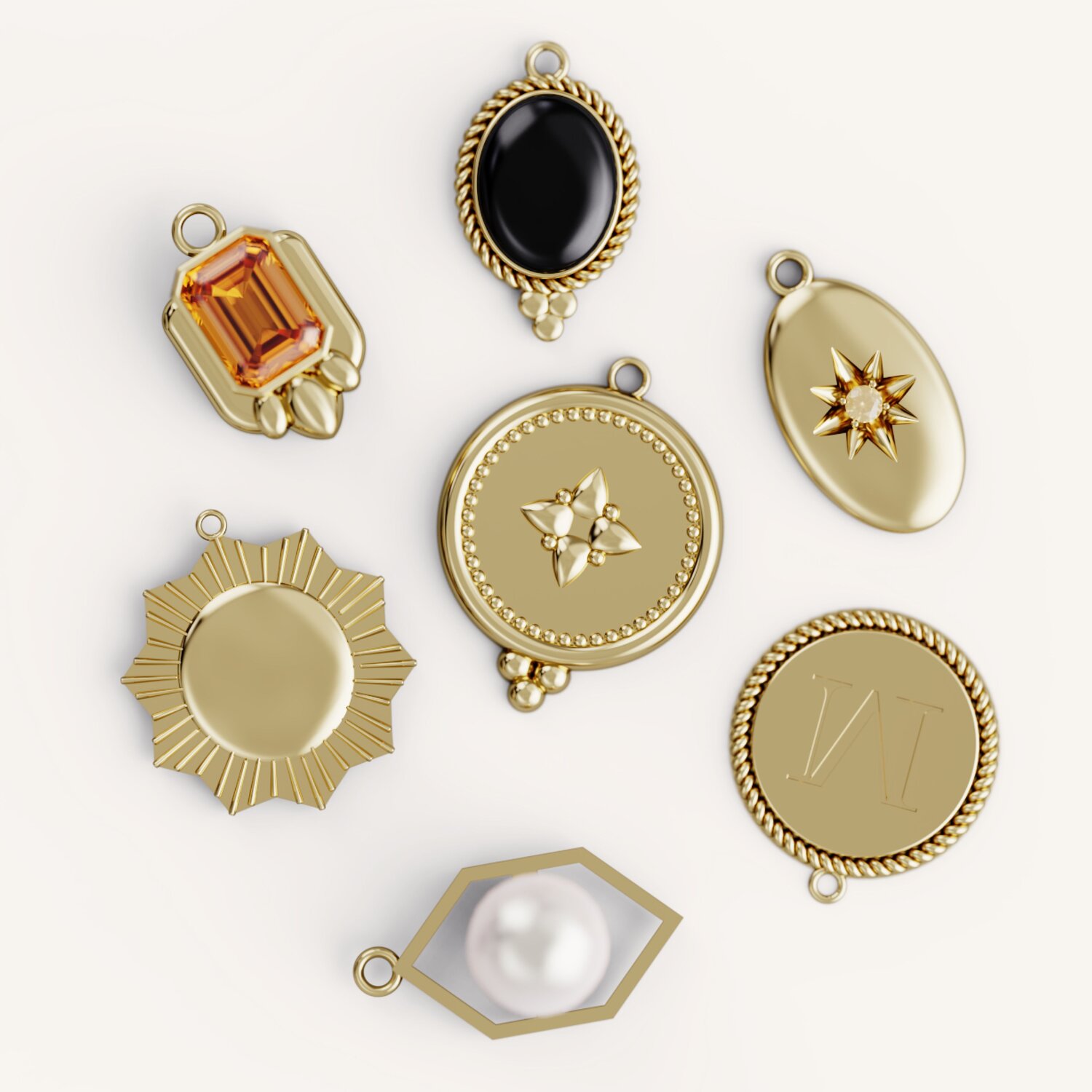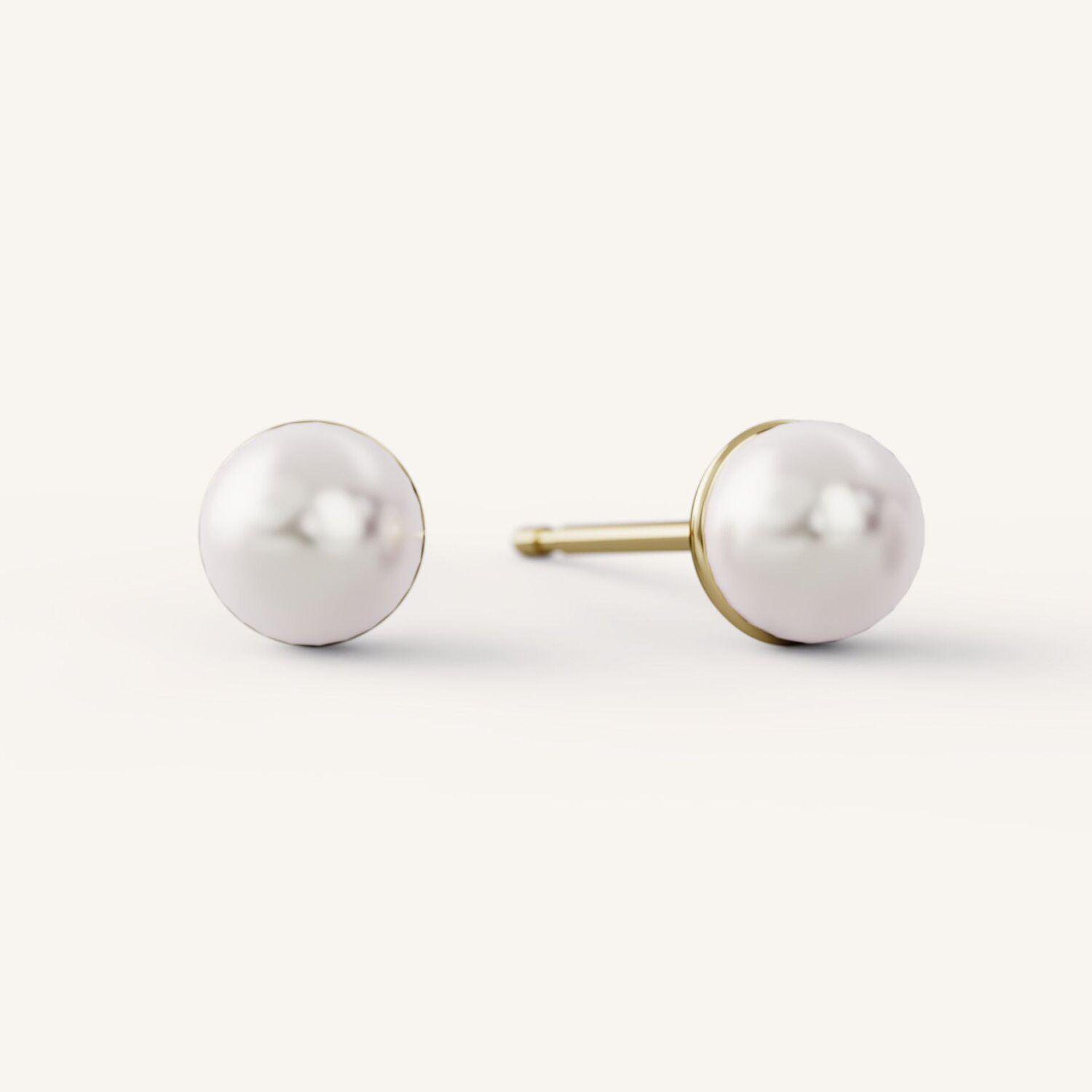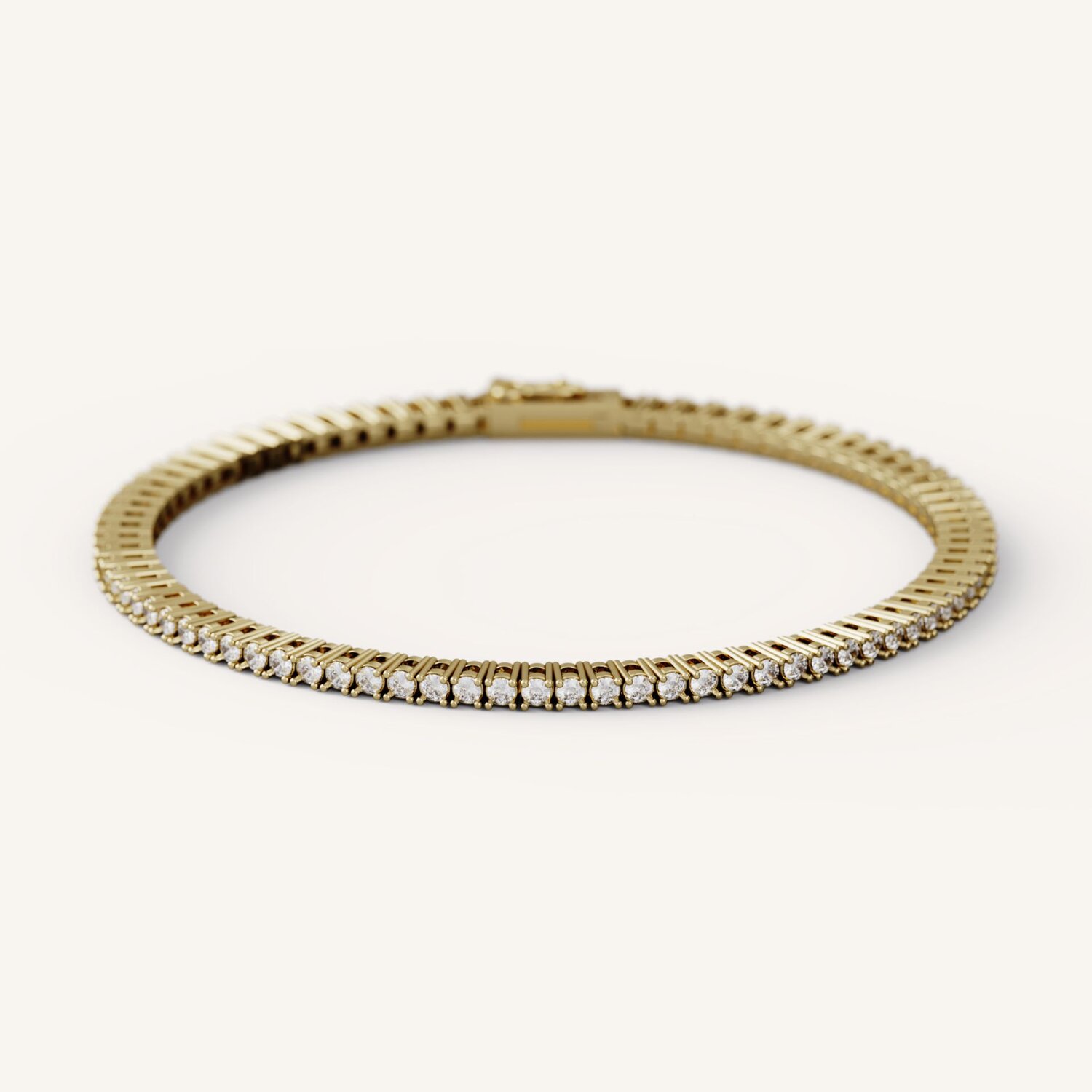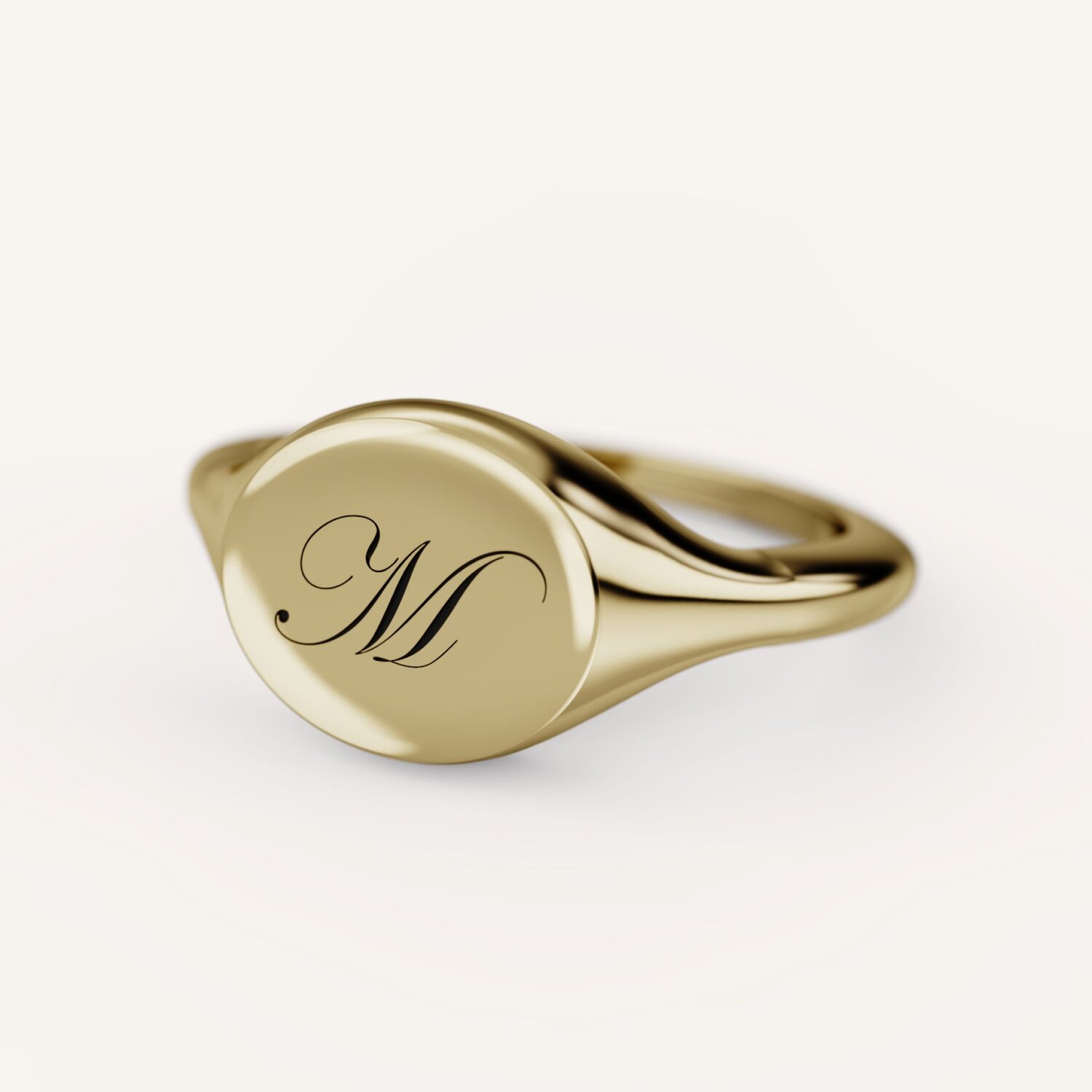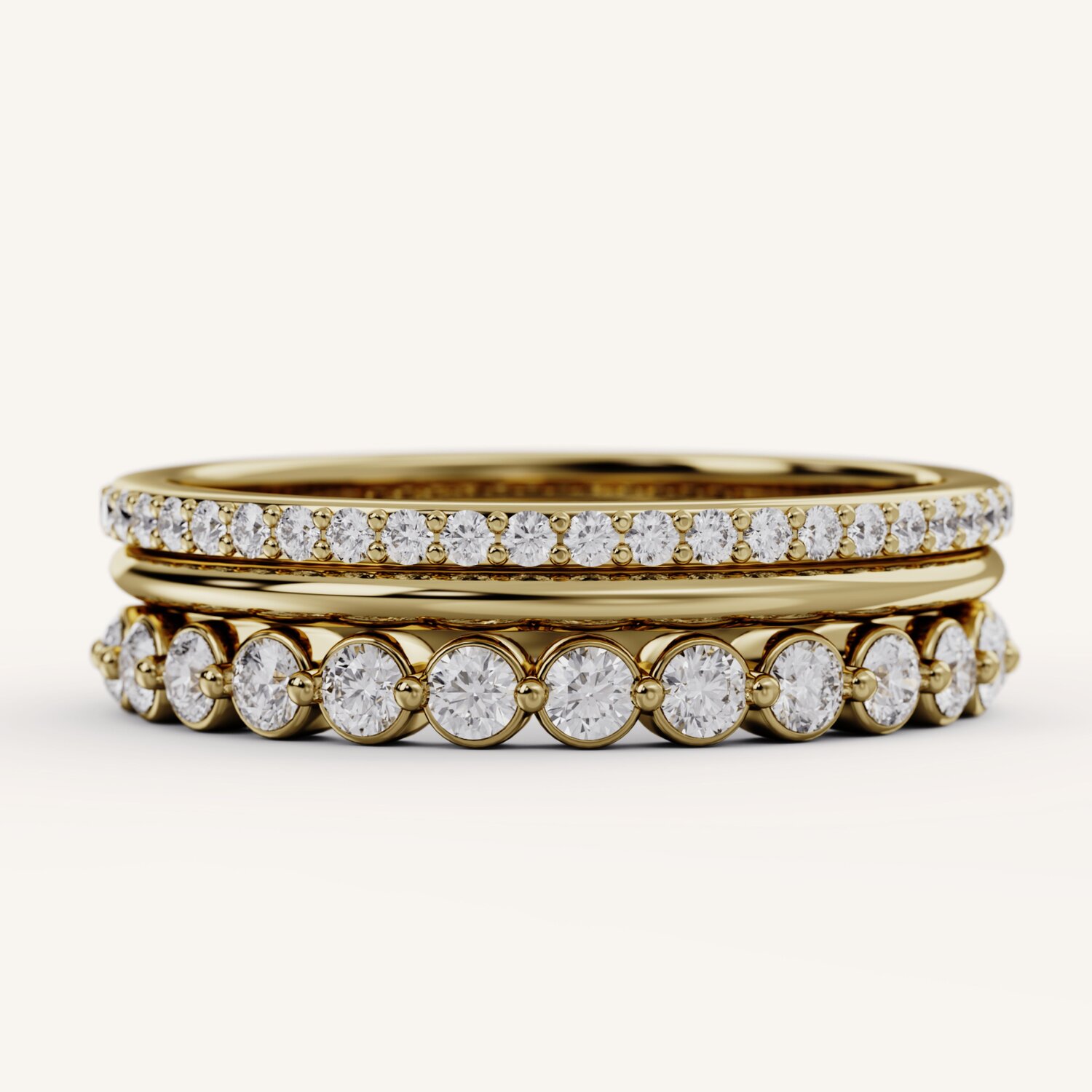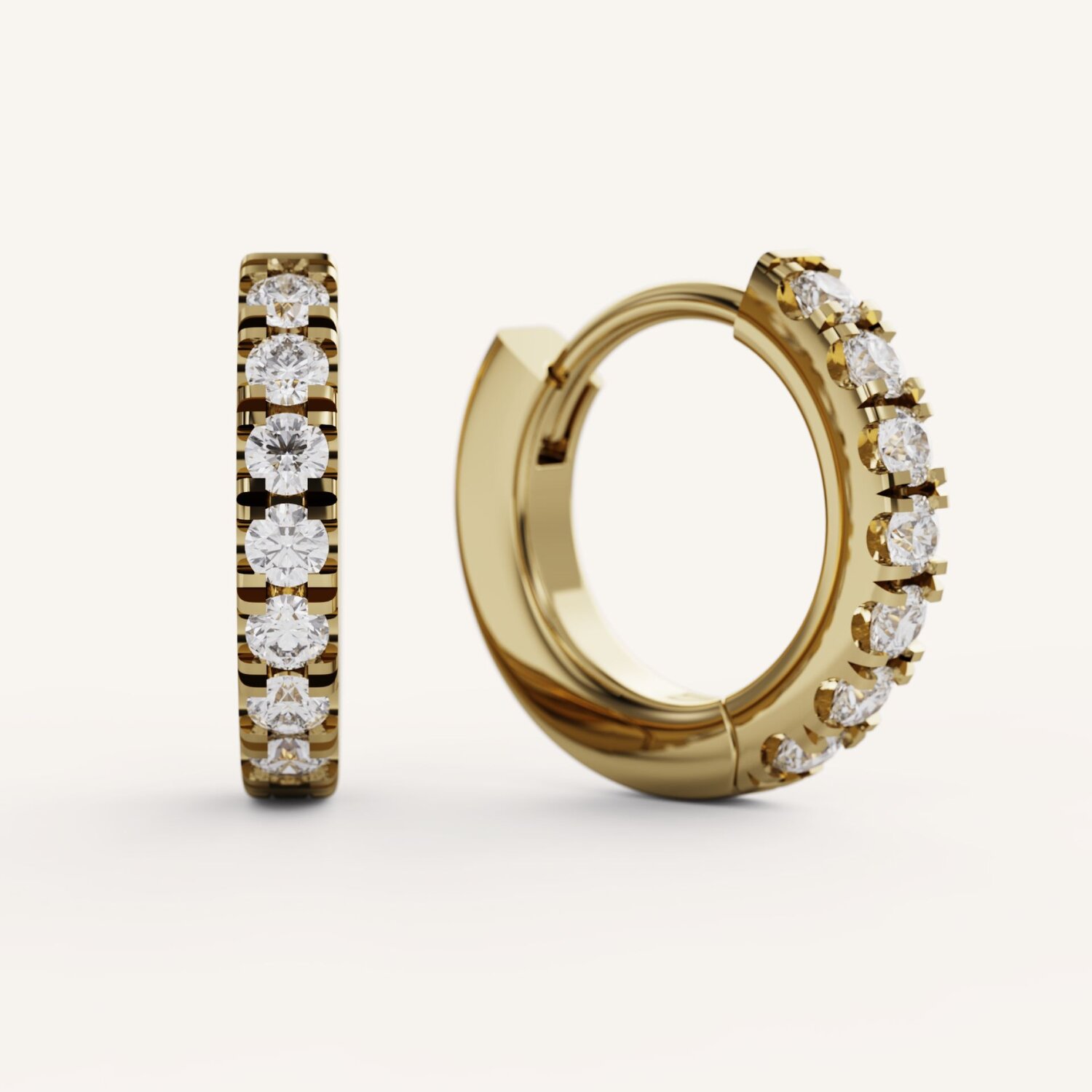Understanding the 4 C's of Diamonds
WHAT ARE THE 4C's?
In the 1940s, GIA came up with a standardized system for grading diamonds that is now used industry wide. Prior to this, the terminology to describe diamond quality varied and it was hard to know exactly what a customer was purchasing. The 4Cs are a universal language that industry experts, retailers and customers can all use to understand the quality and value of diamonds.
The four “C” categories:
Carat, Color, Clarity, Cut
WHICH IS MOST IMPORTANT?
All four attributes contribute to the beauty and value of a diamond. The most important quality to you may be different than what is important to another person.
Here are some factors to consider:
Carat weight
Carat weight indicates how much a diamond weighs. It is easier to cut smaller diamonds that are beautiful, so larger diamonds are rarer. A person that loves the look of a larger stone may prioritize carat weight over other qualities.
Color
Color can be seen with the naked eye. Because of that, it is often prioritized as a factor in choosing a diamond. It is actually the absence of color that makes a diamond higher quality and more valuable. Being colorless adds to the overall attractiveness of the diamond according to industry standards. Despite this, some people prefer the warm tones of a diamond with a degree of yellow hue.

Clarity
Clarity describes the effect of inclusions and blemishes on a diamond’s appearance at 10x magnification. Some diamond purchasers prioritize the knowledge of owning a rarer, cleaner diamond. Others prefer to look for a diamond that is eye clean, no inclusions or blemishes visible to the naked eye, rather than invest in a higher clarity.

Cut
Cut is often overlooked but it affects the appeal of a diamond more than other qualities. The way a diamond is cut determines the way it handles light. Basically, a well-cut diamond will sparkle and be eye-catching.
